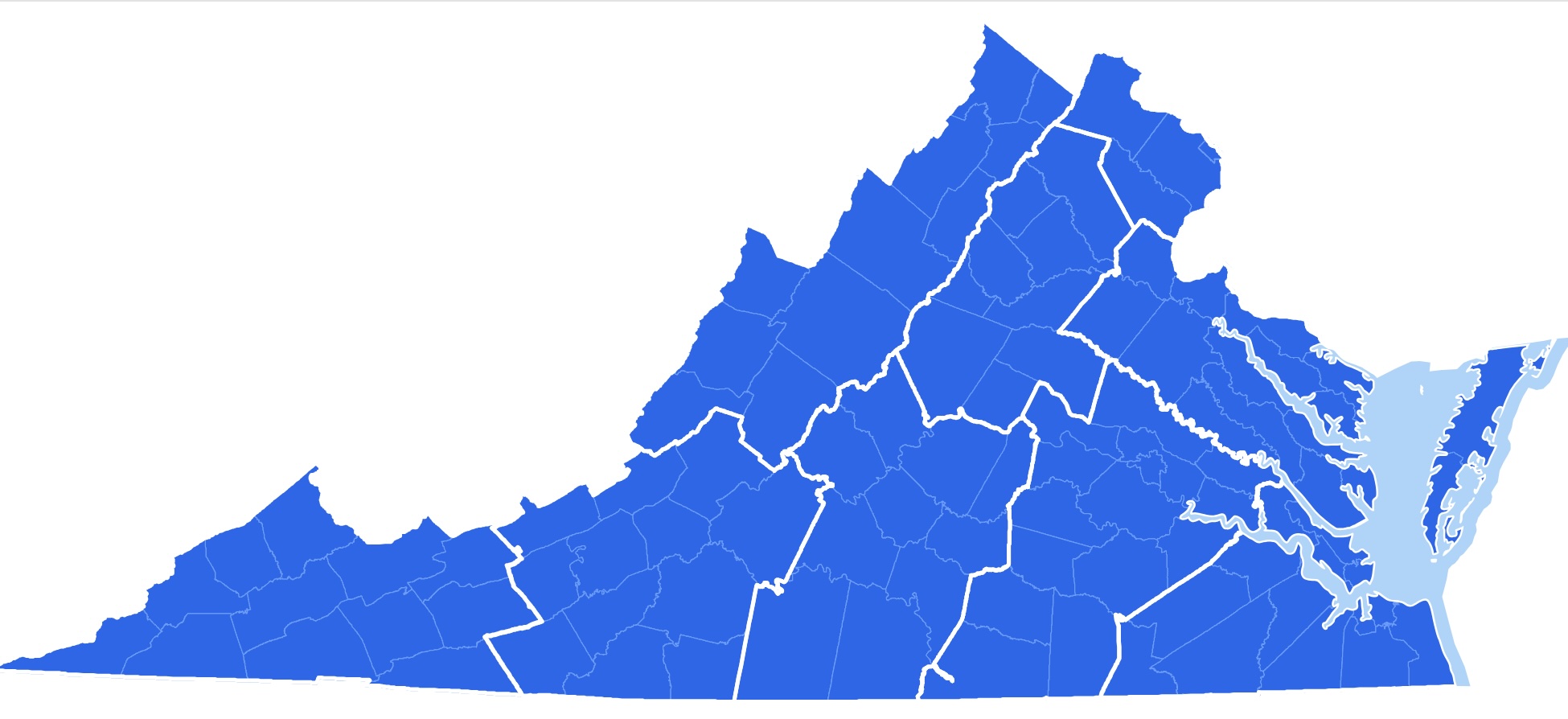Have a story idea
Have a story idea? Send it to us here.

Source : Virginia Department of Transportation
February 14, 2025
Author : Patty Allen
Virginia’s ambitious $660 million I-495 Express Lanes Northern Extension (495 NEXT) project is nearing completion, marking a major milestone in improving transportation in Northern Virginia. The two-and-a-half-mile extension of the express lanes is designed to reduce congestion, improve traffic flow, and provide better access to the Dulles Corridor and George Washington Memorial Parkway.
A major step forward in the project was achieved in late January when construction crews successfully installed five massive steel girders over Interstate 495 in just one weekend. These girders, each 295 feet long and weighing between 70 and 80 tons, will support a new ramp connecting the I-495 Express Lanes to the Dulles Toll Road, improving travel options for commuters heading toward Dulles International Airport.
The installation process required months of planning due to the complexity of the operation and the dense urban environment of the region. Lane Construction Corp., the lead design-build contractor for Transurban, partnered with subcontractor Shirley Contracting Co. to execute the work. Given the significant impact on local traffic and the presence of major events such as the presidential inauguration, the team decided to complete the installation in one weekend rather than stretching it over multiple weekends.
To prepare for the Big Beam Weekend, as the installation event was called, VDOT and its partners conducted weekly planning meetings with key stakeholders for more than a year. The project team coordinated closely with local authorities, airport staff, toll operators, and law enforcement to ensure minimal disruption and maximum efficiency. In anticipation of traffic impacts, VDOT launched an extensive public awareness campaign, urging drivers to avoid the area and use alternate routes.
Over the installation weekend, multiple ramps at the I-495 and Dulles Corridor interchange were closed, and all northbound I-495 traffic was reduced to two lanes and diverted to the express lanes. To accommodate the shift, tolls were temporarily suspended, and trucks were allowed to use the express lanes, which normally restrict large vehicles. Traffic signals were adjusted, and emergency responders had a dedicated ramp in case of incidents. Despite these challenges, crews completed the installation ahead of schedule, reopening the lanes earlier than expected.
The girders, fabricated by High Steel Structures LLC in Pennsylvania, were transported to Virginia in multiple sections. Upon arrival, they were unloaded, positioned upright, and then assembled mid-air using massive cranes with a maximum lifting capacity of 500 tons. The construction team took extra precautions to account for potential strong winds, building a temporary support tower and placing up to two feet of material to level the work surface for crane stability.
The 495 NEXT project is a public-private partnership between the Commonwealth of Virginia and Transurban, a company that has played a key role in expanding the region’s express lanes network. Transurban has constructed more than 60 miles of tolled lanes across Virginia’s I-495, I-395, and I-95 highways, with agreements in place to manage the express lanes until 2087. These lanes offer a congestion-free travel option, where vehicles with fewer than three passengers must pay tolls while high-occupancy vehicles can use them for free. The toll revenue generated over the years has supported significant transit improvements, including new bus services and infrastructure enhancements.
In addition to expanding express lanes, the 495 NEXT project includes various other improvements aimed at improving safety and mobility in the region. These include:
Once completed, the extended express lanes are expected to provide a significant reduction in traffic congestion, offering commuters faster and more reliable travel times. With Northern Virginia’s population and job market continuing to grow, such infrastructure investments are critical to keeping the region moving efficiently.
As the project moves into its final stages, construction crews are now focusing on completing remaining roadwork, finalizing ramp connections, and installing safety features. The new express lanes are set to open later this year, with full project completion anticipated by 2025.
For now, drivers in the region should remain aware of
ongoing construction activities
and potential traffic impacts. The Virginia Department of Transportation continues to provide real-time updates on lane closures and detours, encouraging commuters to stay informed and plan their routes accordingly.
Category : Department of Transportation State Government Freeways and Highways
